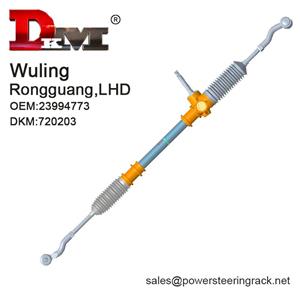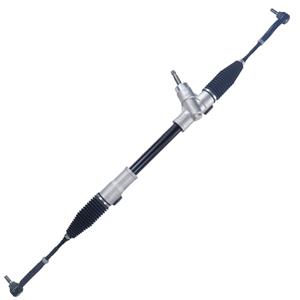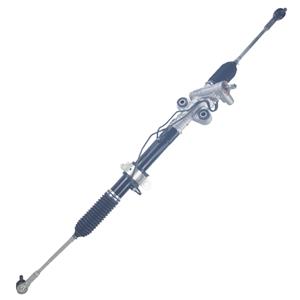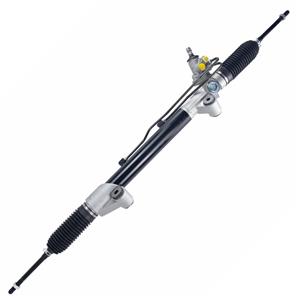Does a bad rack and pinion gear cause steering difficulties?
In modern cars, the steering system plays a vital role. It is not only related to the driver's control experience, but also directly affects driving safety. Especially for vehicles that rely on power steering systems, the smoothness and stability of the steering system are crucial for drivers. One of the core components of the steering system is the rack and pinion gear-a simple but crucial mechanical device that converts the driver's rotation on the steering wheel into the actual movement of the wheel.
However, any mechanical system may fail due to wear, aging or design defects. As one of the key components in the steering system, the rack and pinion gear will have a direct impact on the vehicle's steering performance once it is in a bad condition. So, does a bad rack and pinion gear cause steering difficulties? This article will comprehensively analyze this issue and deeply explore the causes, manifestations and impact of rack and pinion gear failures on driving safety.
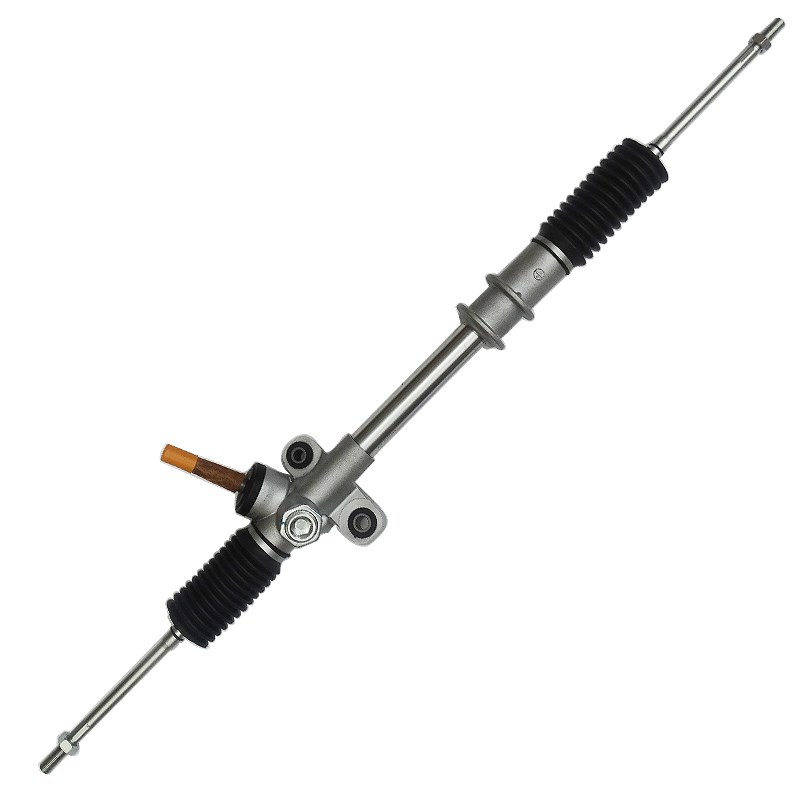
What is the role of rack and pinion gear in the steering system?
In order to understand the impact of a bad rack and pinion gear on steering performance, it is first necessary to understand its role in the steering system.
1. Basic structure of steering system
The core task of the steering system of an automobile is to realize the rotation of the wheels through the driver's operation of the steering wheel. The traditional steering system transmits the rotation of the steering wheel to the wheels through a series of mechanical components. The rack and pinion gear is one of the most important components in this process.
The rack consists of a gear and a straight rack. The gear is connected to the steering wheel through the steering column, and transmits the rotational force applied by the driver to the rack, while the rack realizes the steering of the wheel through the connection with the wheel steering knuckle. In other words, the rack and pinion gear play a role in converting the direction of movement and transmitting force in the steering system.
2. Rack and pinion gear in power steering system
Most modern cars are equipped with power steering systems, usually hydraulic or electric assisted steering. The addition of power steering system significantly reduces the force that the driver needs to apply during steering. However, the rack and pinion gear in the power steering system still plays a decisive role, especially in maintaining the precise connection between the steering wheel and the wheel while transmitting hydraulic pressure or electric power.
The working principle of rack and pinion gear is very simple: when the steering wheel turns, the gear transmits the rotational force to the rack, and the rack transmits this force to the wheel, driving the wheel to turn. In the power steering system, the accuracy and reliability of the rack directly determine the sensitivity and comfort of the vehicle's steering.
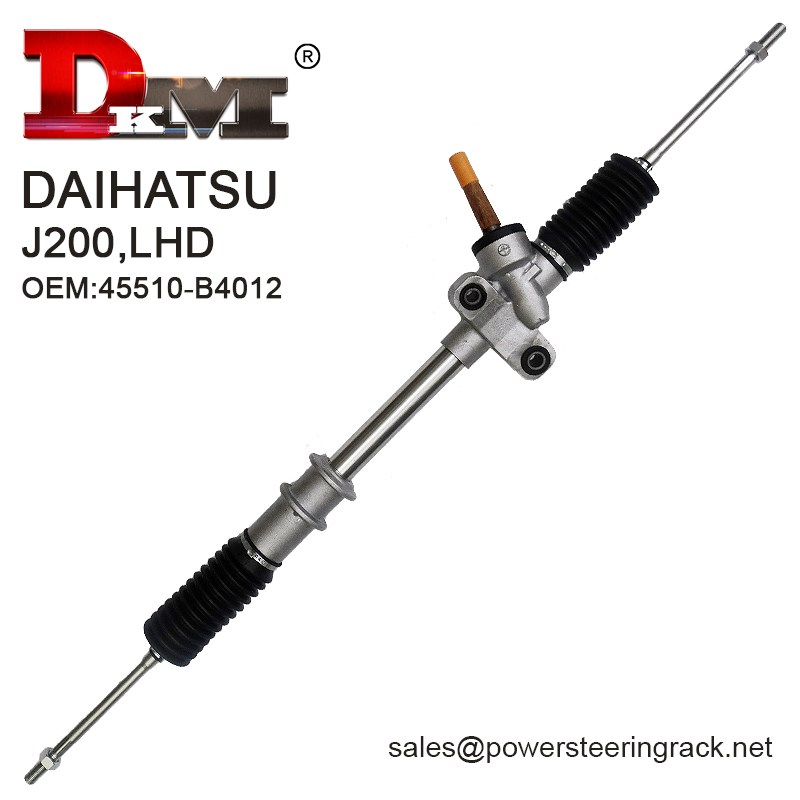
How does a bad rack and pinion gear cause steering difficulties?
Rack and pinion gear failure may cause a series of problems in the vehicle's steering system, especially when the steering becomes heavy, not smooth, or even completely fails in bad conditions. Specifically, wear, damage or deformation of the rack and pinion gear may cause steering difficulties, which in turn affects driving safety.
1. Heavy steering caused by rack and pinion gear wear
Rack and pinion gear wear is usually caused by long-term use and lack of proper lubrication. As wear increases, the meshing accuracy of the rack and pinion gear decreases, resulting in increased friction during steering. Especially in hydraulic power steering systems, rack and pinion gear wear will directly affect the pressure transmission of the hydraulic oil, causing the steering wheel to turn heavily.
During the steering process, the driver must exert more force to overcome the friction between the rack and pinion gear, which makes steering laborious and the driver will feel that the steering wheel is heavy and inflexible. Especially when driving at low speed or parking, the phenomenon of difficult steering is particularly obvious. What's more serious is that long-term wear may cause steering failure or complete failure of the system, posing a huge safety hazard to the driver.
2. Damage and breakage of rack and pinion gear
In addition to wear, damage or breakage of rack and pinion gear is also an important cause of steering difficulty. The rack is usually made of high-strength steel, but during long-term use, the meshing part of the rack and pinion gear may crack or break due to excessive friction or external force impact. Once the rack and pinion gear breaks, the steering system will not work properly, resulting in complete steering failure of the vehicle.
For hydraulic or electric power steering systems, the consequences of rack damage are particularly serious. The rack that has lost its function cannot transmit the steering wheel's turning force to the wheels, and the vehicle will not be able to steer normally. At this time, the driver will find that the steering wheel cannot turn normally or even cannot turn. If this happens during driving, it may lead to the inability to avoid obstacles and increase the risk of traffic accidents.
3. Deformation or misalignment of rack and pinion gear
Deformation or misalignment of rack and pinion gear is usually caused by impact, design defects or manufacturing quality problems. When the rack is deformed, the meshing of the rack and the pinion will be incomplete, resulting in uneven force transmission in the steering system, which makes the steering of the vehicle unstable.
In this case, the driver may feel a sense of stagnation when turning the steering wheel, or not get sufficient feedback at certain angles. In addition, a deformed or misaligned rack may also cause a "free feeling" or imprecise feeling when steering, that is, the vehicle has a slight deviation or slow steering when driving.
4. Steering problems caused by poor lubrication
Rack and pinion gear usually rely on lubricants to reduce friction and maintain smooth movement. If the lubricant is insufficient or loses its lubricating effect, the friction between the rack and the pinion will increase greatly, causing the steering to become heavy. In some old vehicles, long-term lack of regular maintenance or lubricant replacement can also easily lead to this problem.
In addition, poor lubrication can also accelerate the wear of racks and pinions, making steering more difficult. The condition of the lubricant is particularly important in hydraulic power steering systems. If the oil in the system is contaminated or aged, it may cause the effectiveness of the hydraulic power assist to decrease, which in turn affects the sensitivity of the steering.
5. Stuck caused by foreign matter or impurities
In some cases, foreign matter or impurities that enter the steering system, especially the meshing part of the rack and pinion gear, may also cause steering difficulties. When dust, sand or other impurities enter the steering system, they increase the friction between the rack and pinion, causing the steering system to operate smoothly, and even cause steering to become stuck or inflexible.
This situation often occurs when the vehicle is exposed to harsh environments for a long time, such as sandstorms or muddy roads. The presence of foreign matter can not only damage the rack, but also cause damage to the hydraulic pipeline or electric drive components, further exacerbating the steering problem.
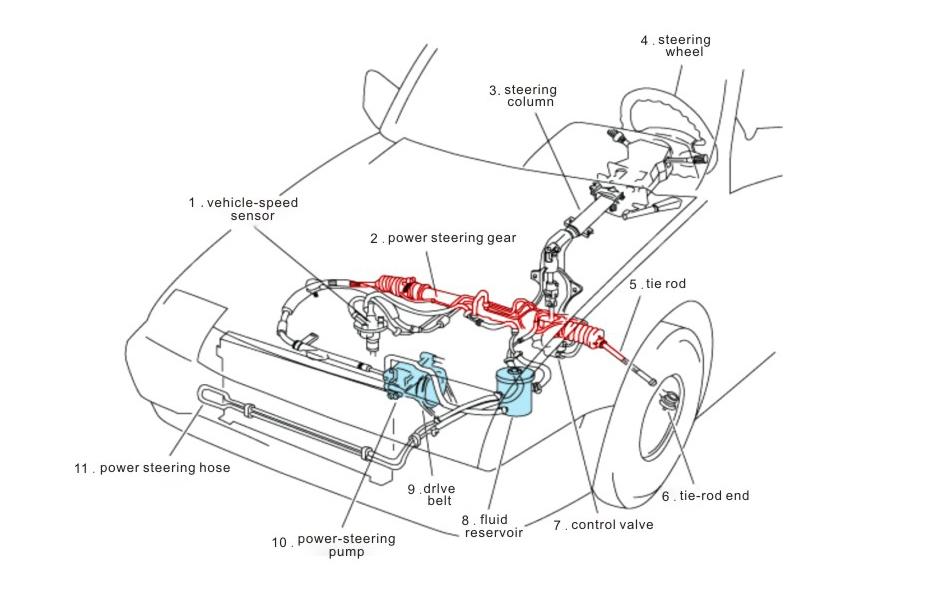
What are the symptoms and effects of a bad rack and pinion gear?
When a rack and pinion gear fails, the driver may experience a series of obvious steering problems. Here are some common symptoms:
1. The steering wheel turns heavily
This is the most common manifestation of worn or poorly lubricated rack and pinion gear. When the meshing surface of the rack and pinion increases friction due to wear or lack of lubrication, the driver will find that the steering wheel becomes heavy to turn, especially at low speed or when parking.
2. Abnormal noise when turning
If the rack and pinion gear is worn or the rack surface is rough, there may be abnormal noises such as creaking and squeaking when turning. At this time, the driver can hear the sound from the steering system, which is usually caused by the friction between the rack and pinion or the uneven surface of the rack.
3. Steering wheel is stuck or inflexible
When the rack and pinion gear is misaligned, deformed or foreign objects are stuck, the driver may feel that the steering wheel is stuck when turning and cannot turn smoothly. This feeling of sticking may occur at a specific steering angle, causing the vehicle's steering to become imprecise.
4. Complete failure of the steering system
In extreme cases, when the rack or pinion is broken, the steering system may fail completely. At this time, the driver will find that the steering wheel cannot turn at all, or steering becomes extremely difficult. This failure is extremely dangerous and may lead to an inability to cope with emergencies and increase the risk of traffic accidents.
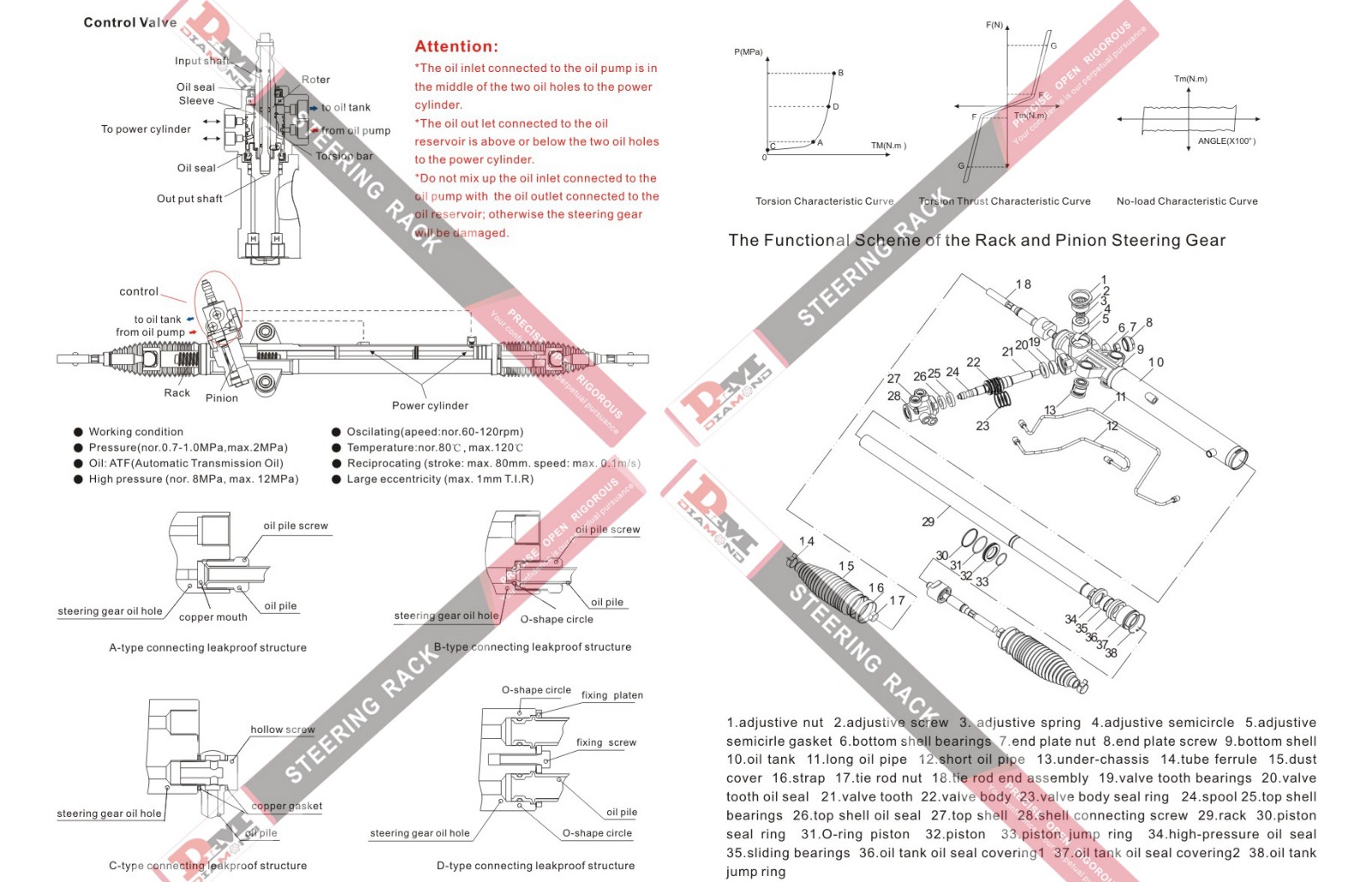
Leading Manufacturer of Power Steering Gears in China
Guangdong Diamond Auto Parts Co., Ltd. (DKM) is a leading manufacturer of power steering gears, specializing in supplying high-quality automotive parts to global markets. Established in 1996, DKM has developed a strong reputation for producing steering systems for major car brands like Toyota, Honda, Mitsubishi, and Volkswagen. Our factory in Foshan, China, is equipped with over 280 CNC machining and heat treatment machines, ensuring precision and reliability. With a production capacity of 300,000 sets annually, we cater to both small and large orders.

